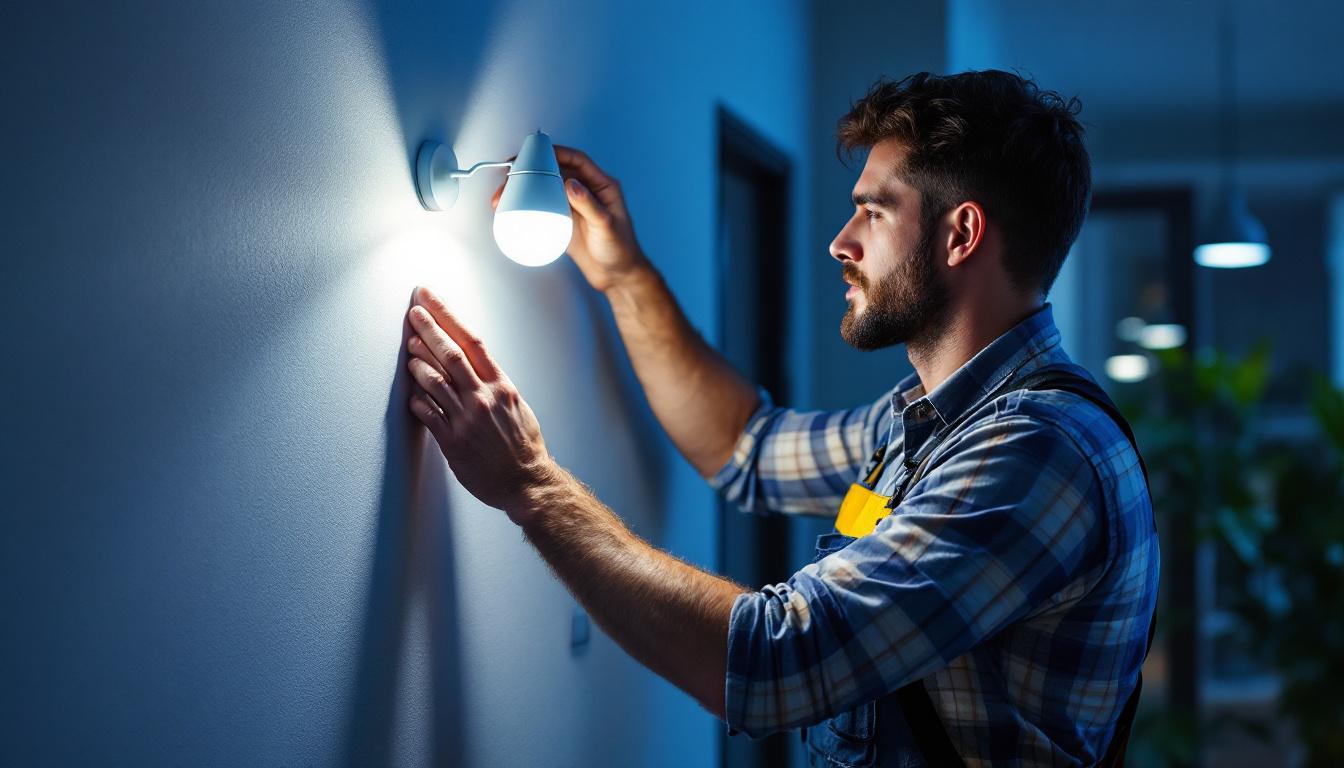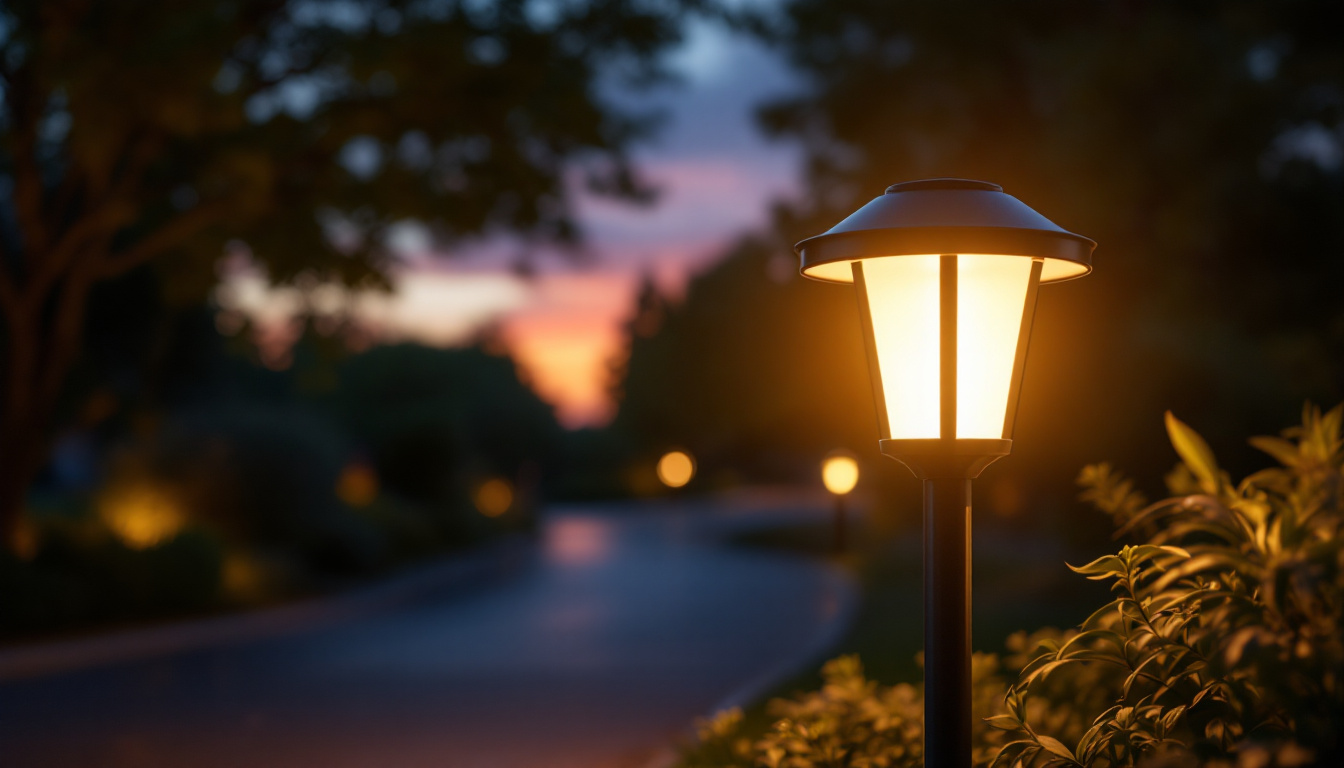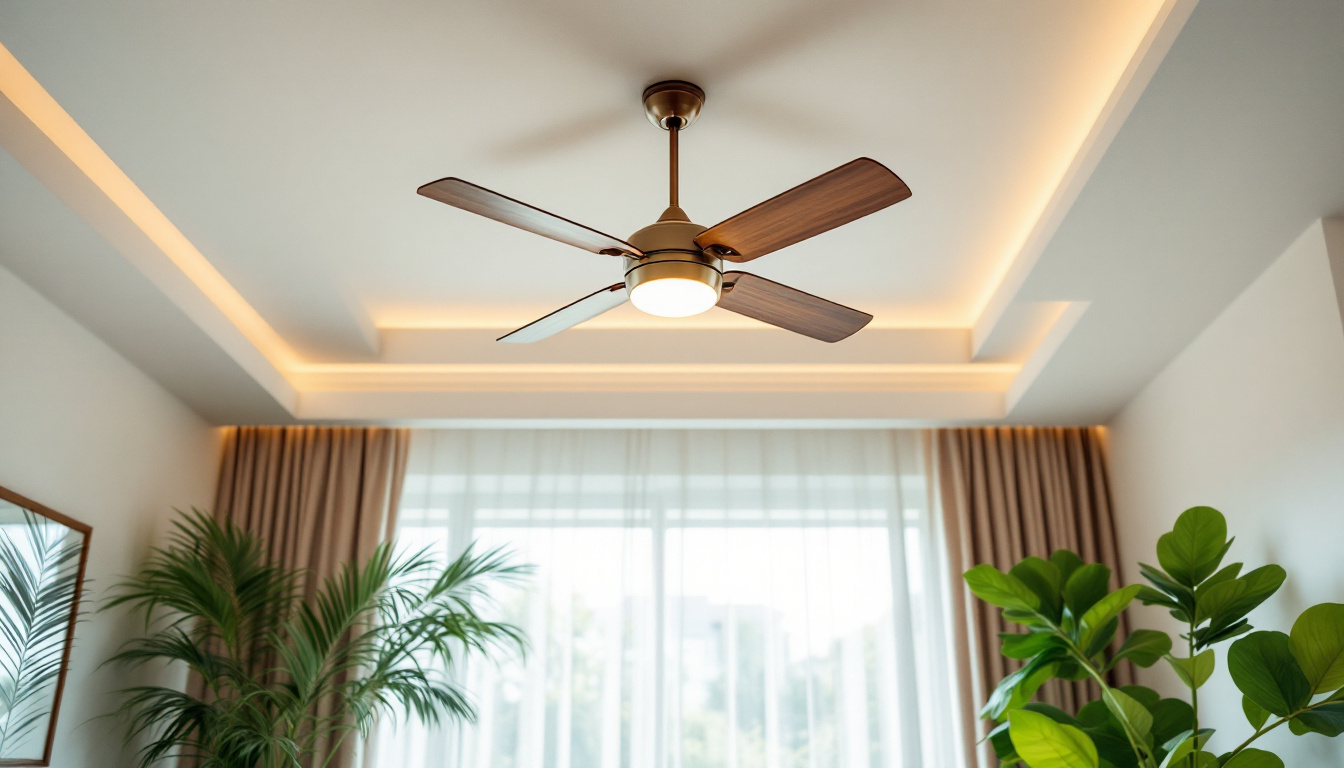
Lighting plays a pivotal role in enhancing the ambiance and functionality of spaces. For lighting contractors, understanding the nuances of light fixture wall installations is essential for delivering exceptional results. This article delves into proven methods for effectively managing light fixture walls, ensuring optimal performance and aesthetic appeal.
Light fixture walls are integral components in both residential and commercial settings. They serve not only as a source of illumination but also as a design element that can significantly influence the overall atmosphere of a space. A well-designed light fixture wall can enhance the architectural features of a room while providing the necessary lighting for various activities. The interplay of light and shadow created by these fixtures can transform a mundane area into a captivating environment, making it essential for designers and homeowners alike to consider their options carefully.
When considering light fixture walls, it is crucial to understand the different types of fixtures available, including sconces, wall-mounted LEDs, and track lighting. Each type serves unique purposes and can be strategically placed to achieve desired lighting effects. A comprehensive understanding of these fixtures will empower contractors to make informed decisions during installation. Additionally, the choice of bulbs—whether incandescent, LED, or fluorescent—can further impact the quality of light produced, influencing everything from energy consumption to the warmth of the ambiance.
There are several types of light fixtures that can be used on walls, each offering distinct advantages. Wall sconces, for example, are versatile and can be used for both ambient and task lighting. They can be installed at various heights to create different lighting effects, making them suitable for hallways, living rooms, or bedrooms. Sconces can also be designed in various styles, from traditional to contemporary, allowing them to complement the existing decor while providing functional lighting.
Wall-mounted LEDs are another popular choice, known for their energy efficiency and sleek designs. These fixtures can be integrated into modern interiors, providing a minimalist aesthetic while delivering powerful lighting. Additionally, track lighting allows for flexibility, enabling contractors to direct light where it is most needed, making it ideal for galleries or retail spaces. The ability to adjust the direction of the light makes track lighting a favorite among those who frequently change their display arrangements or wish to highlight specific features within a room.
When designing light fixture walls, several factors must be considered. First, the purpose of the space should dictate the type and placement of fixtures. For instance, a reading nook may require focused lighting, while a dining area benefits from softer, ambient light. The choice of color temperature—ranging from warm to cool light—also plays a pivotal role in setting the mood, with warmer tones often creating a cozy atmosphere, while cooler tones can enhance productivity and alertness.
Moreover, the height at which fixtures are installed plays a significant role in the effectiveness of the lighting. Generally, sconces should be mounted at eye level to avoid harsh shadows and ensure even illumination. In contrast, fixtures intended for accent lighting can be placed higher to create dramatic effects. Additionally, the spacing between fixtures should be carefully planned to avoid overly bright or dim areas, ensuring a balanced distribution of light throughout the space. Integrating dimmers can also provide versatility, allowing occupants to adjust the brightness according to their needs and preferences, further enhancing the functionality of the light fixture walls.
Proper installation techniques are vital for ensuring the longevity and performance of light fixture walls. Lighting contractors must adhere to industry standards and best practices to avoid common pitfalls that can lead to safety hazards or aesthetic issues. A well-executed installation not only enhances the functionality of the lighting but also contributes to the overall design of the space, creating an inviting atmosphere that can transform any room.
Before installation, it is essential to assess the electrical requirements of the fixtures. Contractors should ensure that the existing wiring can support the new fixtures, considering factors such as wattage and voltage. In some cases, it may be necessary to upgrade the electrical system to accommodate higher demands. Additionally, understanding the layout of the electrical circuit is crucial; contractors should map out the circuit to identify any potential overloads that could occur with the addition of new fixtures.
Additionally, using the correct gauge wiring is crucial for safety. The National Electrical Code provides guidelines on wire sizes based on the load, and contractors should always adhere to these standards to prevent overheating and potential fire hazards. Furthermore, it is advisable to install circuit breakers that are rated for the specific load of the lighting fixtures, as this can provide an added layer of protection against electrical faults. Regular inspections and maintenance of the electrical system can also help in identifying any issues before they escalate into serious problems.
Mounting techniques can vary based on the type of light fixture being installed. For wall sconces, it is essential to locate wall studs for secure mounting. Using anchors can provide additional support, especially for heavier fixtures. Contractors should also ensure that the fixture is level and properly aligned to maintain a professional appearance. In addition to these considerations, the height at which fixtures are mounted can significantly influence the lighting effect; for instance, sconces placed at eye level can create a more inviting ambiance compared to those mounted too high or too low.
For track lighting, the installation of a mounting track is necessary. This track should be securely fastened to the wall or ceiling, and fixtures should be spaced appropriately to achieve even lighting. Proper alignment and spacing can significantly enhance the overall effect of the lighting scheme. Moreover, it’s important to consider the directionality of the fixtures; adjustable heads can be angled to highlight specific areas or features within a room, adding depth and dimension to the space. When planning the layout, contractors should also take into account the room’s purpose, as different activities may require varying levels of illumination to create the desired atmosphere.
Beyond functionality, light fixture walls offer an opportunity to enhance the aesthetic appeal of a space. The choice of fixtures, their placement, and the type of lighting they provide can transform a room’s atmosphere.
The color temperature of light can dramatically affect the mood of a space. Warmer tones (2700K-3000K) create a cozy and inviting atmosphere, making them ideal for living areas and bedrooms. Conversely, cooler tones (4000K-5000K) are better suited for workspaces or areas requiring high visibility.
Brightness is another critical factor. Dimming capabilities can provide flexibility, allowing users to adjust lighting levels based on the time of day or activity. Incorporating dimmers into the installation can enhance user experience and energy efficiency.
Layering different types of lighting is essential for creating depth and dimension in a room. Combining ambient, task, and accent lighting can produce a well-rounded lighting scheme. For instance, a light fixture wall can serve as the ambient light source, while additional task lighting can be provided through strategically placed table lamps or floor lamps.
Accent lighting can highlight artwork or architectural features, drawing attention to specific areas of the room. This layered approach not only enhances functionality but also adds visual interest to the space.
In today’s environmentally conscious landscape, energy efficiency is a crucial consideration for lighting contractors. Implementing sustainable practices not only benefits the environment but can also be a selling point for clients.
When selecting light fixtures, contractors should prioritize energy-efficient options. LED fixtures are a prime example, consuming significantly less energy than traditional incandescent bulbs while offering a longer lifespan. This not only reduces energy costs for clients but also minimizes the frequency of replacements.
Moreover, many LED fixtures now come with advanced features such as smart technology, allowing users to control lighting remotely or set schedules. This enhances convenience and further promotes energy savings.
Incorporating natural light into the design can significantly reduce reliance on artificial lighting. Contractors should consider the placement of windows and skylights when designing light fixture walls. This not only enhances the aesthetic appeal of a space but also contributes to energy efficiency by reducing the need for artificial lighting during the day.
Using reflective surfaces, such as mirrors or light-colored walls, can also help maximize the impact of natural light, creating a brighter and more inviting environment.
Proper maintenance is essential for ensuring the longevity and performance of light fixture walls. Lighting contractors should educate clients on basic maintenance practices to keep fixtures in optimal condition.
Dust and debris can accumulate on light fixtures, diminishing their effectiveness and altering the quality of light. Regular cleaning is essential to maintain brightness and clarity. Contractors should recommend specific cleaning methods based on the type of fixture, ensuring that clients use appropriate materials to avoid damage.
Additionally, periodic inspections can help identify potential issues before they escalate. Contractors should advise clients to check for flickering lights, unusual sounds, or any signs of wear and tear, as these can indicate underlying electrical problems that require professional attention.
Despite best efforts, issues may arise with light fixture walls. Flickering lights, for instance, can be caused by loose connections or faulty bulbs. Contractors should provide guidance on troubleshooting these problems, empowering clients to address minor issues independently.
In cases where professional intervention is required, contractors should be prepared to offer prompt and effective solutions. This not only ensures client satisfaction but also reinforces the contractor’s reputation for reliability and expertise.
Light fixture walls are a vital aspect of lighting design, offering both functionality and aesthetic appeal. By understanding the various types of fixtures, installation techniques, and design considerations, lighting contractors can deliver exceptional results that meet client expectations.
Moreover, incorporating energy-efficient practices and providing ongoing maintenance support can enhance the overall client experience. As the demand for innovative lighting solutions continues to grow, staying informed about the latest trends and technologies will empower contractors to remain competitive in the industry.
Ultimately, a well-executed light fixture wall can transform a space, creating an inviting atmosphere that enhances both form and function. By applying proven methods and best practices, lighting contractors can ensure their projects shine brightly in the ever-evolving landscape of lighting design.
Ready to elevate your lighting projects with the perfect blend of quality, affordability, and convenience? Look no further than LumenWholesale, where we provide contractors with top-quality, spec-grade lighting products at unbeatable wholesale prices. Say goodbye to inflated markups and hello to a vast selection of reliable, high-performance lighting that meets the highest industry standards. With free shipping on bulk orders, you can stock up on premium lighting solutions without any hidden fees. Transform your spaces with confidence and cost-efficiency. Discover Wholesale Lighting at the Best Value today and make your lighting projects shine with LumenWholesale.

Illuminate your home’s entrance with expert tips from lighting contractors.

Illuminate your driveway with eco-friendly elegance! Discover expert tips from lighting contractors on choosing and installing solar-powered lamp posts that enhance curb appeal while saving energy.

Discover innovative strategies to ensure your lighting projects stand the test of time.

Discover expert tips and innovative ideas for lighting contractors to enhance spaces with beautiful ceiling fans.